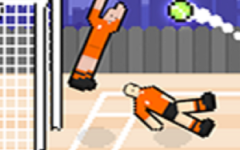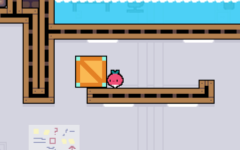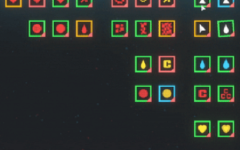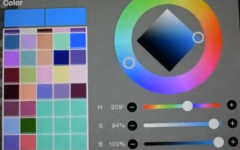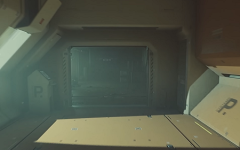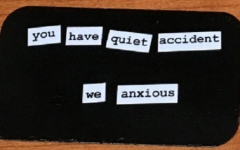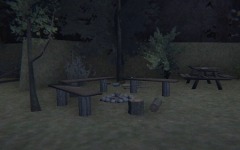Advertisement
Anomalous Coffee Machine
Advertisement

Anomalous Coffee Machine introduces the player to a single location dominated by a vending machine that reacts to text. The environment has no visible goal or story guidance. The player interacts directly by typing any word or phrase into the console. Each input is treated as a command, triggering the machine to produce a drink. The system does not explain its rules or logic. Instead, it operates as an open framework for experimentation, where observation and repetition define progression. The entire design revolves around minimal control and maximum freedom to test.
Gameplay Process and Core Loop
The interaction model is simple but deliberate. The player provides input, receives a result, and chooses how to proceed.
This loop consists of:
- Writing any chosen word into the machine.
- Generating a drink or response.
- Observing changes in reaction or environment.
- Repeating the cycle to collect information.
The absence of objectives means the game has no failure or success conditions. Instead, it functions as an ongoing dialogue between player and system. Each word entered is both an experiment and a record of discovery, forming a pattern that gradually exposes the machine’s underlying logic.
Behavioral Patterns and Discovery
Anomalous Coffee Machine builds its progression around unpredictability. Certain inputs produce consistent outcomes, while others modify the tone or sequence of events. Over time, these results begin to form recognizable structures, even though the exact rules remain hidden. The player learns by testing and comparing responses. The repetition of similar actions turns into a process of pattern recognition — not through instruction, but through direct interaction. What begins as random curiosity becomes a slow construction of understanding through accumulation of data.
Technical Structure and Presentation
The game uses a static presentation modeled after a visual-novel interface. The background rarely changes, emphasizing the terminal as the sole focus of play. All events are displayed as short lines of text accompanied by brief sounds marking input and output. The controlled layout transforms the screen into an experimental space rather than a narrative environment. The technical approach supports clarity: there are no transitions, menus, or additional systems to manage. The simplicity of design ensures that the entire experience centers on interaction through language.



























































































































